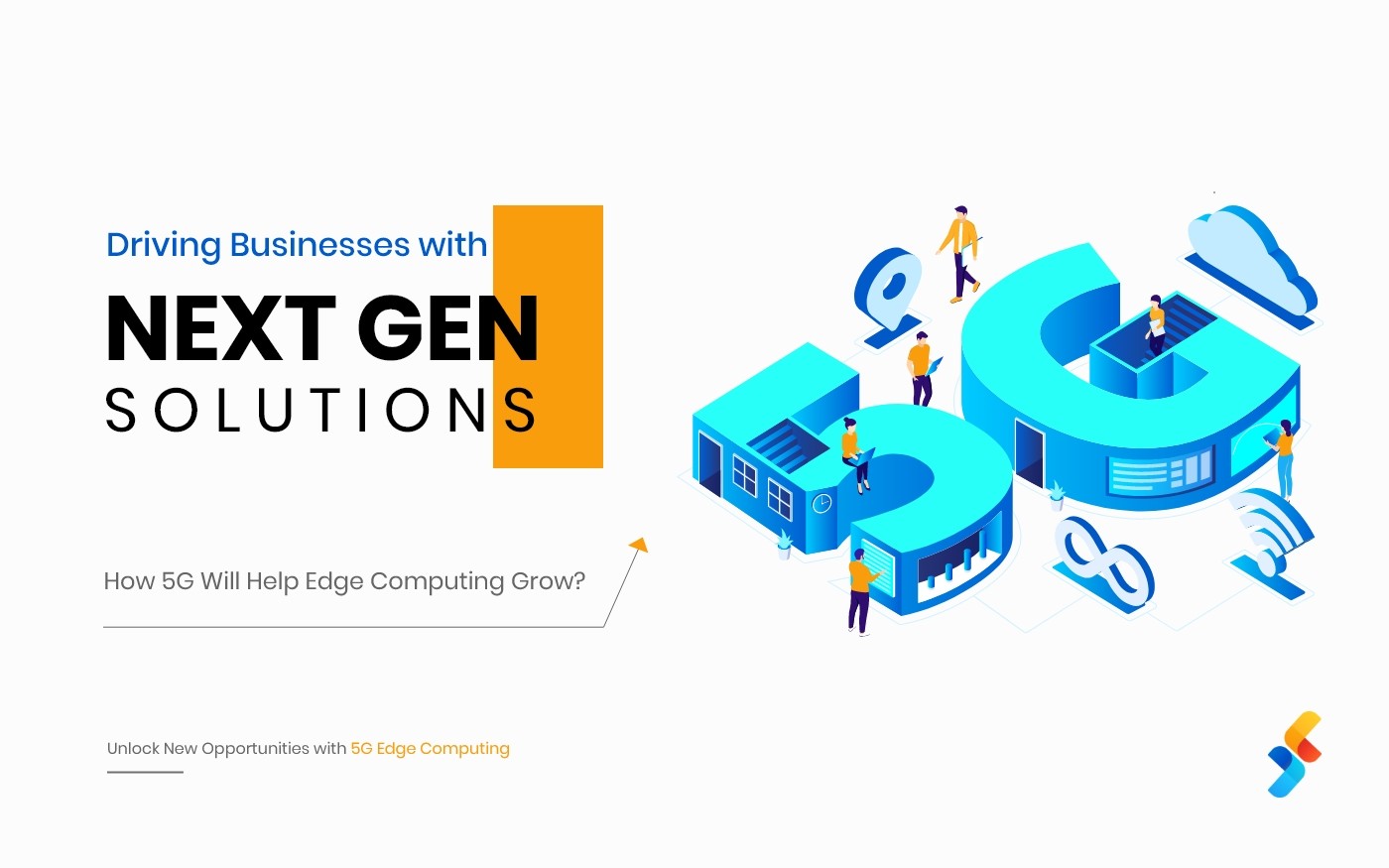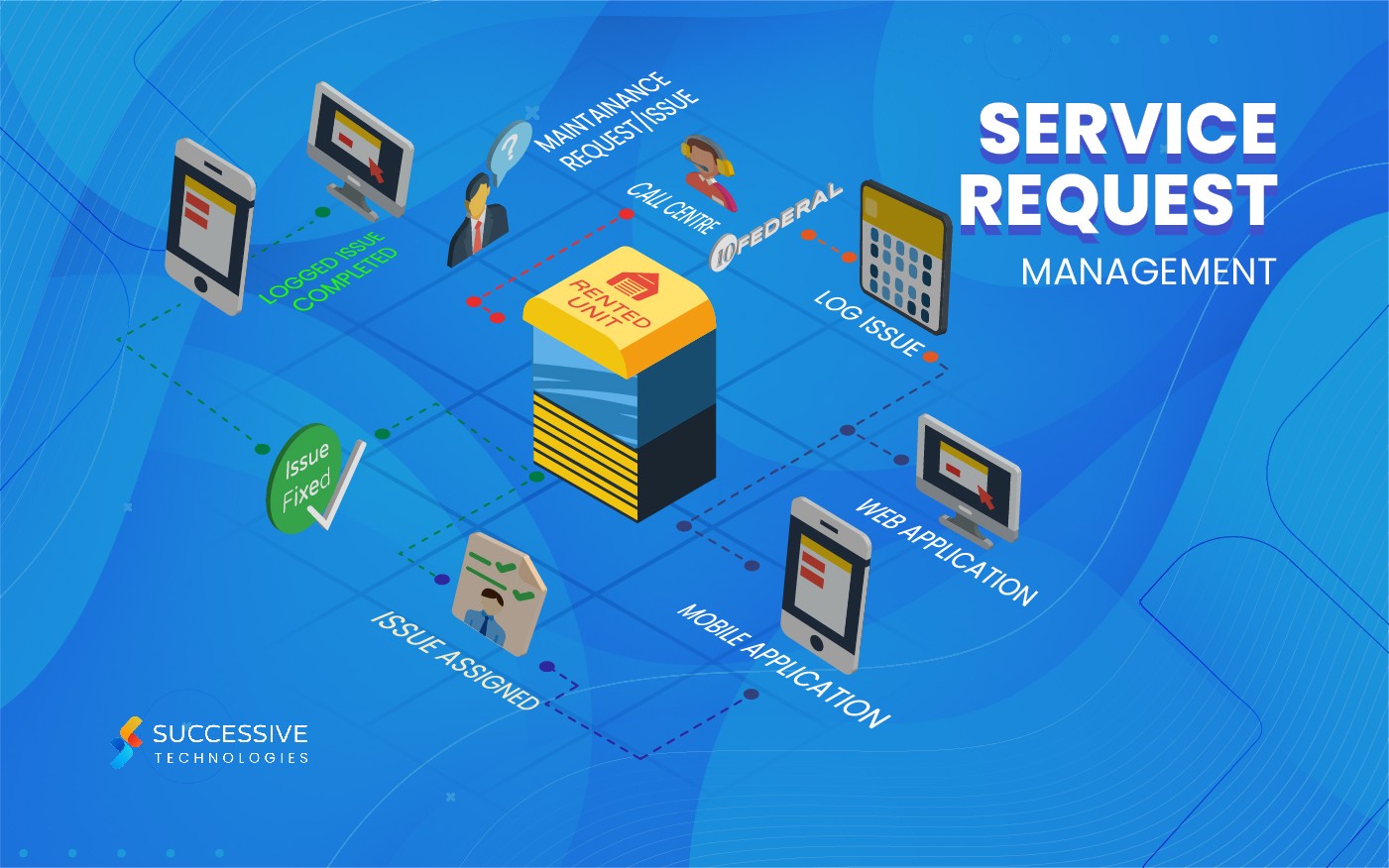According to Forbes, we have created 2.5 quintillion bytes of data and over the last two years alone, we have created over 90% of the world’s data. According to research, all the data between 60%-73% within an organization goes unused for analytics, whereas the percentage is even higher for small scale enterprises. The major impediment behind effectively utilizing such data is the ability to perceive the data as facts that make the dependence of the efficiency on the visualization techniques. The traditional 2D representation of the big data analytics restricts the imaginations, facts, and conclusions from the data gathered.
The demand for data visualization in AR/VR has grown tremendously for a few years. Enterprises are making optimal utilization of their data by creating technology solutions that maximize customer engagement levels, efficiency, and business capabilities. Such data-driven solutions incorporate next-gen technologies like AI, ML, Big Data, IoT, and immersive technologies like AR (Augmented Reality) and VR (Virtual Reality). Besides, several data scientists believe that AR/VR solutions have a massive potential to radically transform the way enterprises interpret the data and interact with it. Data visualization is a graphical representation of data. It has become an integral and massive component in data science. Also, it offers visible and factual visuals as opposed to the raw data, providing a quick and better understanding of the information.
In this blog we will highlight some pointers depicting how the immersive technologies AR/VR are transforming the modern data visualization techniques:
Better and Actionable Data Insights
In an average organization, collecting, analyzing, extraction of useful insights consumes a lot of time and creates blurry and irrelevant conclusions. Here, data visualization plays a key role, it inspects and extracts only the actionable data with minimal efforts. The use of VR/AR in data visualization enhances process effectiveness by rendering an immersive environment. For instance, integrating VR techniques in the product development lifecycle can precisely detect the flaws and errors that may further lead to process hampering or other business challenges.
Enhanced Decision-Making Capabilities
Implementing AR and VR solutions enable organizations to enhance their decision-making process significantly. Data scientists can leverage the benefit of gathering important facts and figures from the analysis report with the help of data visualization. Besides, Data visualization using AR/VR helps in forming efficient strategies to seamlessly attain critical business goals and objectives in the lowest timeframe. It facilitates business processes by enabling prompt responses that effectively runs daily operations in multiple companies.
Improved Data Research and Presentations
Unlike the 2D data representations, 3D data visualizations using the immersive technologies (AR/VR) are highly effective at elevating the data research process during various stages. Nowadays, the data scientist is massively using mixed reality techniques to investigate complicated data structures and to extract the hidden patterns via immersive technologies. VR simulations cannot only emphasize the data exploration process but can also predict future business outcomes through 3D data models. Besides, AR/VR/XR technologies provide an effective way to collaborate within the organization and sharing of discoveries with the stakeholders in a presentable manner.
Collaboration in Real-Time
A collaborative form of immersive data visualization is rapidly trending among the tech community. The unique data visualization methods draw the exact data on the table enabling the users to hover on it, explore the details, and generate charts. Moreover, users can add new datasets, variables, and understand the data completely through immersive technologies. Similarly, the visualizations can act as a virtual meeting room where the distributed teams can collaborate and work on the data projections.
Conclusion
The mixed reality data visualization for several industrial purposes is still in the initial stages. The combination of AR/VR with data visualization creates great opportunities and possibilities in the creative environment. Besides, it will enable enterprises to augment their growth curve through advanced data analytics and future-proof decision-making processes.












